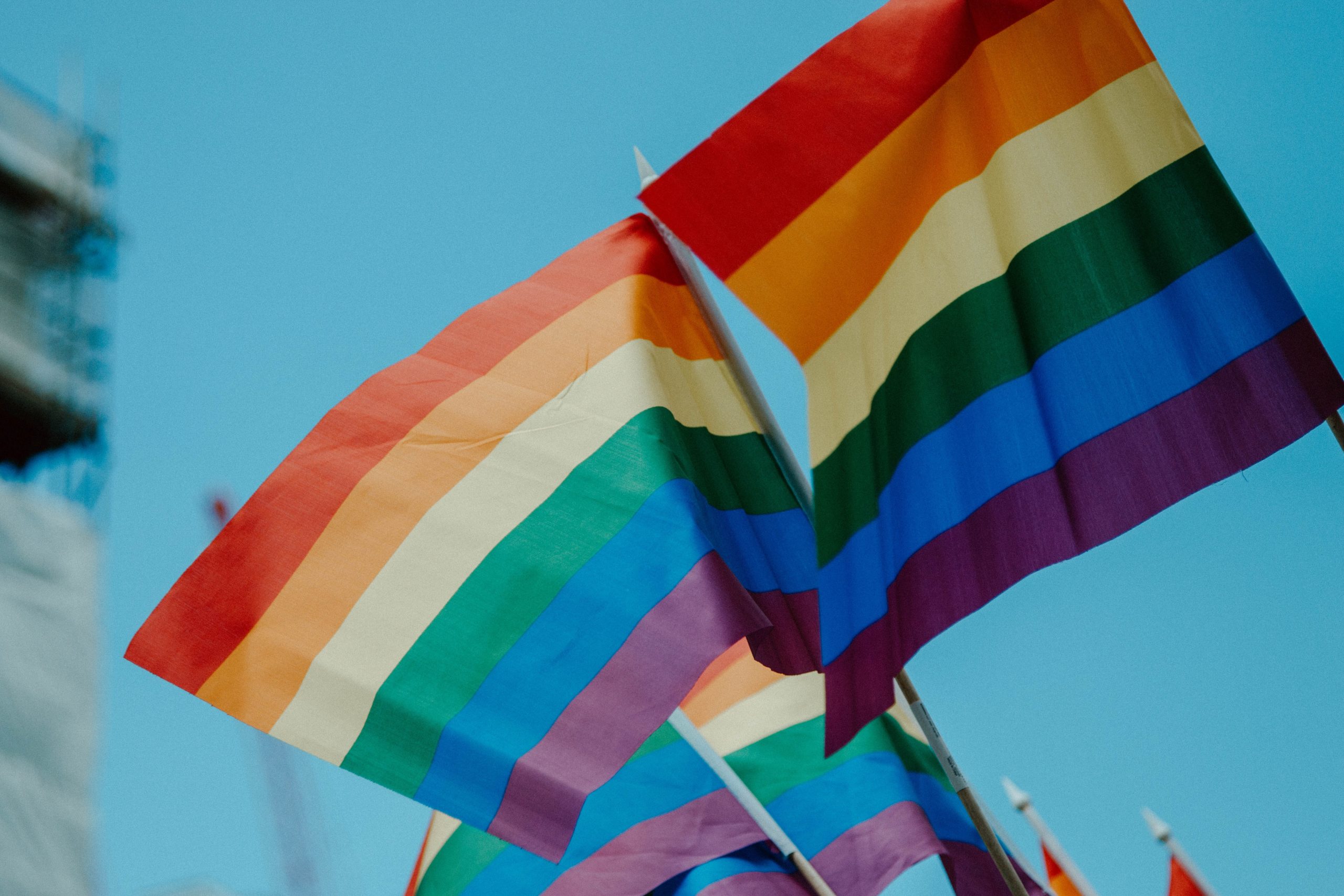Although 86.7% of Americans say they’re heterosexual or straight, the Kinsey Report of 1947 suggested that there may be a greater range of gay identities. That report also found that lesbians and bisexual adults first felt like they were something other than straight or heterosexual. More than half of LGBT individuals in the United States experience mental illness.
86.7% of Americans say they’re heterosexual or straight
Gallup has released an updated survey of sexual orientation, and the results aren’t surprising. Eighty-seven percent of Americans are heterosexual or straight. In a recent survey, Gallup asked more than 12,000 U.S. adults to identify their sexual orientation. Of that number, seven percent identified as LGBT, and five percent identified as LGBTQ. Bisexuals account for nearly half of all LGBTQ adults, and gays make up just one percent of U.S. adults.
Across all generations, a significant minority of young adults and Gen Zers identify as LGBTQ. In a Gallup survey, 87.7% of millennials and 86.7% of young adults identify as heterosexual or straight. However, the percentage of Gen Zers is growing at a steady rate. One in six members of this generation says they’re LGBTQ. In comparison, only 1.7% of Republicans identify as LGBTQ.
Kinsey’s 1947 Kinsey Report suggested a greater range of homosexual identities
A recent study has found that the proportion of American adults who identify as homosexual has increased by about five percent since the initial report in 1947. A survey conducted by Kinsey in 1947, however, showed that most overt homosexual experiences occurred during the adolescent years. According to the report, between one-quarter and one-third of adult white males with a college education identified as homosexual, while between one-two percent of adult females had a predominantly homosexual identity.
The study’s findings have been linked to the widespread belief that one out of every ten Americans are homosexual. The research team examined a sample of more than 4,000 American men and women between the ages of 16 and 55. The study found that about ten percent of the males surveyed had exclusively been homosexual for at least three years, whereas only four percent remained exclusively gay throughout their lives.
Lesbian and bisexual adults first felt they might be something other than heterosexual or straight
The age at which lesbian and bisexual adults first felt attracted to people of the same sex varies significantly among these groups, as do their gender and race/ethnicity. Lesbian and bisexual adults generally disclosed their sexual identity later than gay and straight adults. However, lesbians and bisexuals were more likely to disclose their identities to heterosexual friends.
The earliest age at which lesbian and bisexual adults first felt attracted to someone of the same sex is nearly three years older than that of their straight counterparts. However, there are differences between LGBs across different racial and age cohorts, so research should take these factors into account in developing programs and services for LGBs. These differences may lead to a more diverse population of LGBs.
Higher rates of mental illness
The United States Health and Human Services (HHS) released a study this year that shows higher rates of mental illness among lesbian, gay, and bisexual people. The researchers found that LGBTQ people are more likely to experience long-term mental illness and to experience heavier drinking and smoking than the general population. According to the study, 2% of people identified as lesbian, gay, or bisexual in the 2011-18 Health Survey for England, which surveyed 1,132 adults. Future surveys may ask about gender identity and trans status as well.
Studies have shown that LGBTQ men and women are more likely than heterosexual people to attempt suicide. They are also one and a half times more likely to experience anxiety and depression. One recent study found that 67% of transgender people had depression in the past year and 46% of them had thoughts of suicide. Stonewall’s ‘Prescription for Change’ report showed that lesbians and bisexual women had higher rates of suicidal thoughts and self-harm than the general population. Further, these findings point to the need for better mental health care and treatment among LGBT people.
Higher rates of drug use
Studies have shown that lesbian, gay, and bisexual people have higher rates of substance use in the past year. This may be related to discrimination and stigma, and the stresses associated with aging. Among the stressors are age-related stigma and social isolation. But the causes of this increased risk are unknown. While the study’s goals are to bring awareness to underserved communities, it does not suggest that treatment should be geared toward stigma.
The researchers compared the prevalence of past-year substance use among lesbians, gays, bisexuals, and heterosexuals. They found that the rates of substance use among lesbians were higher than those among heterosexuals and whites. The study’s sample size was too small to determine significance. But it does show that there were no significant differences in past-year substance use among SM. This finding is important for improving health outcomes and public health.
Visibility
The increase in visibility of LGBT people has had a mixed impact. From 1996 to 2011, visibility of LGBT people remained relatively stable, with a small peak in 2003 when same-sex marriage became legal. There has been a significant increase in visibility in 2012, however, due to media attention and violent attacks against the LGBT community. Visibility has also dropped significantly in 2017, in part because of a spike in political homophobia.
In television news, however, the prevalence of LGBT representation has decreased. While gay men are more likely to be visible and gain voice in news stories, lesbians and transgender people are rarely portrayed in news stories. A recent study found that 30.0% of stories on LGBTs featured LGBT pride. However, the framing and tone of these stories remained similar. In addition, visibility of LGBT people does not increase in foreign news; it decreases in domestic news.
